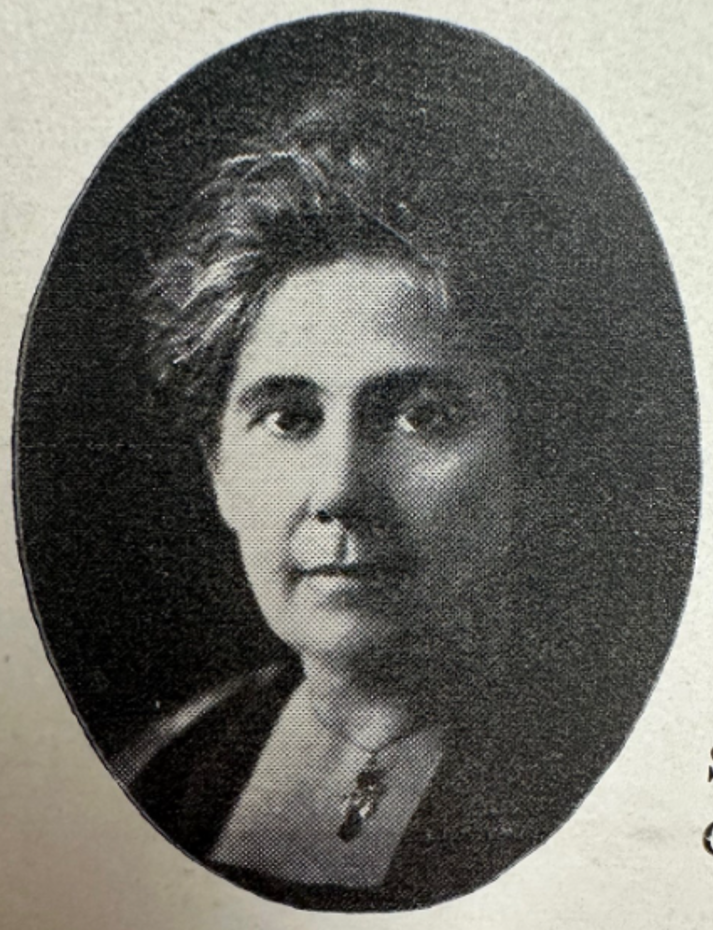Clay County Histories
Markus Krueger | Program Director HCSCC
It is difficult to put ourselves in the mindset of our ancestors sometimes. For instance, how on earth was recognizing voting rights for women a controversial subject a century ago? The answer is sexism, duh! But alcohol maybe have been a contributing factor.
America had a drinking problem in the 1800s. Women got fed up with their husbands spending their evenings and money in saloons (where women were not allowed to enter), often coming home violently drunk in an era when it was difficult for women to escape abusive relationships. For their children, their sisters, and themselves, many American women became politically active for the first time as Temperance advocates. Through the Temperance Movement, generations of women learned how to organize to get legislation passed. They developed working relationships with legislators, and they grew increasingly outraged that they were not allowed to vote for the laws they were promoting. The Temperance Movement and the Woman’s Suffrage Movement were linked.
Searching through the files of the Minnesota Woman’s Suffrage Association (MWSA) preserved in the archives of the Minnesota Historical Society, I found to no surprise that many of Moorhead’s Suffrage leaders were also involved in the fight to outlaw alcohol. Moorhead’s chapter of the MWSA was led by local “chairmen,” typically four in number. Chairman Esther Russell made the organization’s short list of “Prominent Minnesota Suffrage Workers,” and she is typical of Woman’s Suffrage leaders in the sense that they tended to be atypically impressive. Esther was the president of the Moorhead Woman’s Club, a civic-minded intellectual outlet for women that, among other ventures, founded our public library. And she was president of our local Woman’s Christian Temperance Union chapter.
Mary Peterson was Esther’s fellow chairman and a founding member of the Moorhead Woman’s Club in 1893. Mary’s husband, Senator Frank H. Peterson, was hailed as one of the two most important advocates of Woman’s Suffrage in the Minnesota State Senate. Frank and other male political allies in the Temperance Movement thought that if they could just pass Woman’s Suffrage, then women voters would pass all their anti-alcohol laws. But as we say in today’s political speak, Temperance brought out the base for Suffrage, but it also energized the opposition AGAINST suffrage. The alcohol industry and its many fans knew they were toast if women got the vote.
I’ll tell you whose names I did not see on the lists of the MWSA: no Askes, Kiefers, Diemerts, Ingersolls, Rustads, or any of Moorhead’s prominent saloon families (with the exception of chairman Ann Kossick, sister of the locally famous barman Leo). I don’t think we should take this to mean that Rose Aske didn’t want to vote, but I could understand Rose not wanting to be in the same room as Esther Russell and Mary Peterson as they strategize to outlaw her family’s vocation.
The Minnesota State Senate brought Woman’s Suffrage to a vote 5 times between 1909 and 1917. Each time Suffrage lost by 4 or fewer votes. Each time senators linked to the alcohol industry led the opposition. But then, in January of 1919, the 18th Amendment passed, outlawing alcohol across America. Once alcohol and women’s voting rights were no longer linked, Woman’s Suffrage could be considered on its own merit and Minnesota’s legislators had a dramatic change of heart. Woman’s Suffrage passed in the Minnesota House 100 to 28, and it passed in the state senate 49 to 7.
For more on this, I will be at the Moorhead Public Library presenting “Local Women of the Woman’s Suffrage Movement” on March 28 at 6:30pm, and search our museum website for our Moorhead Woman’s Suffrage neighborhood walking tour.


